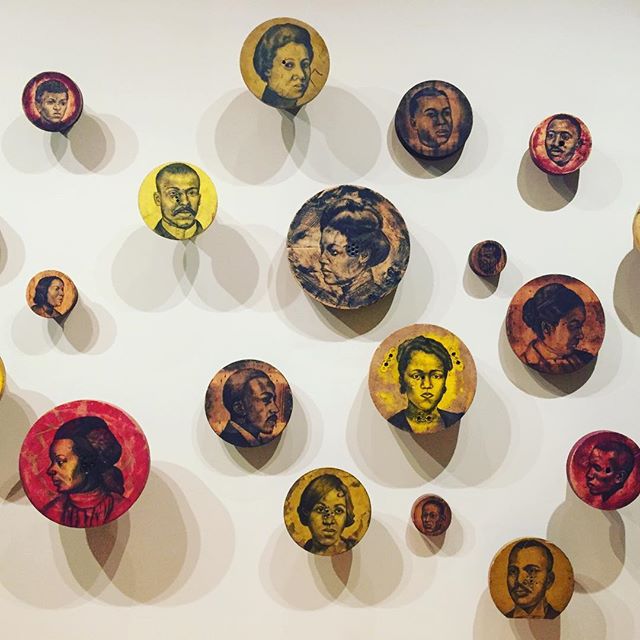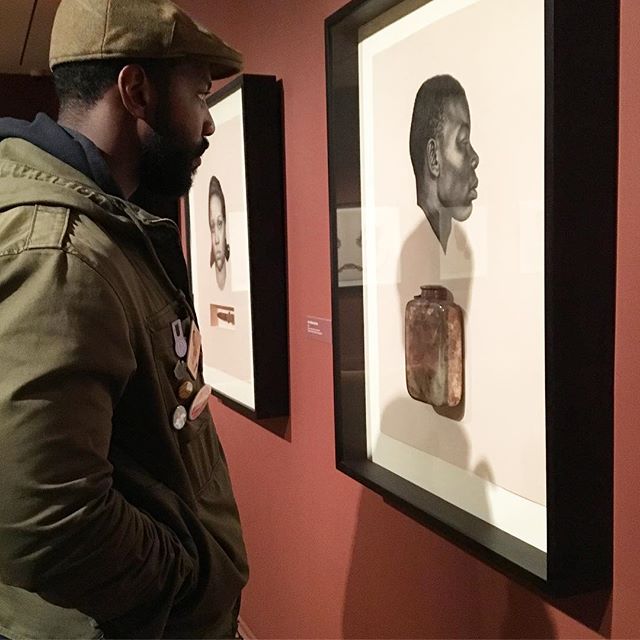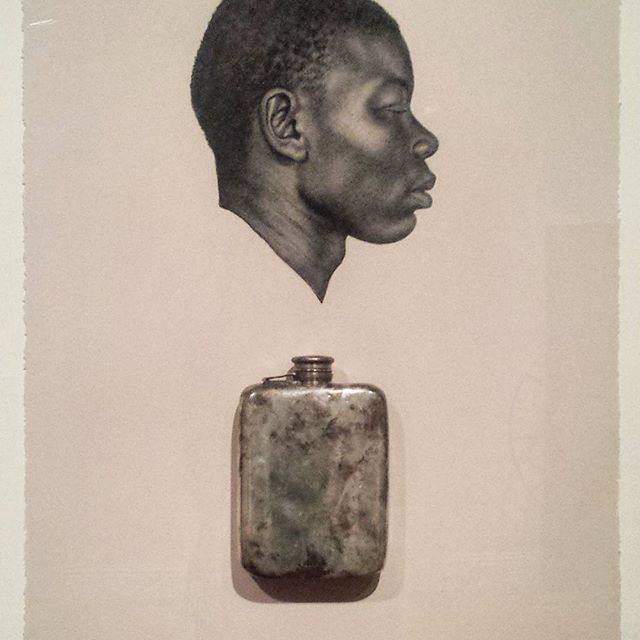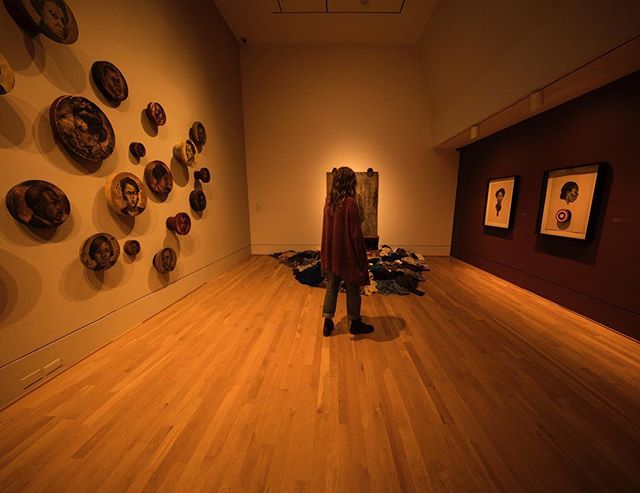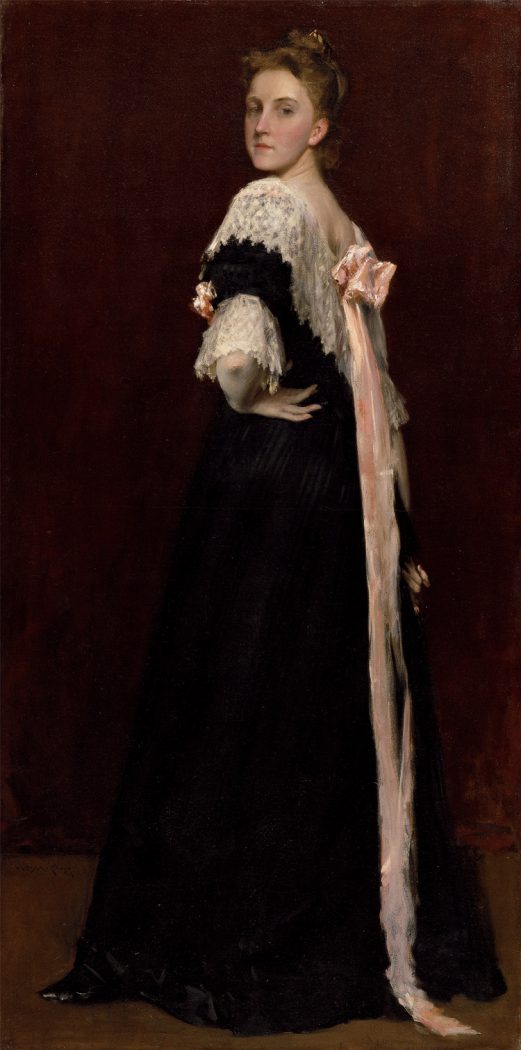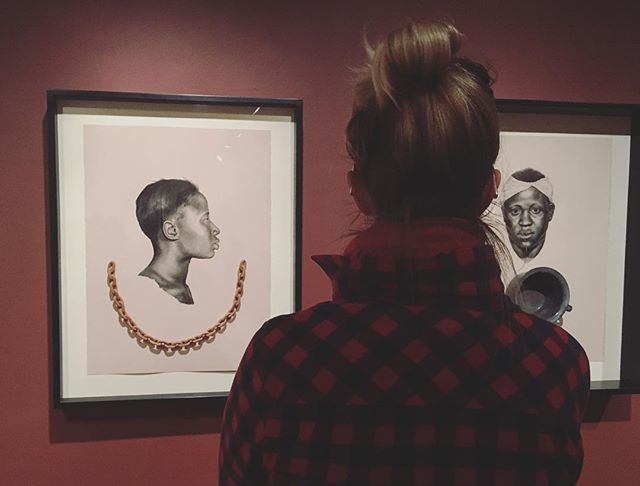
Instagrammer @bmpashle snapped a photo of this visitor with Whitfield Lovell’s Kin VI (Nobody), 2008 at left and Kin XLIX (The Well), 2011 at right.
Since the exhibition’s opening, we’ve seen tons of creative photos of Whitfield Lovell‘s Kin series and tableaux works. Highlighting a few of our favorites for this month’s ArtGrams! Share your photos in and around the museum for a chance to be featured on the blog.

“Got to see some amazing pieces @PhillipsCollection today during my lunch break including this (Whitfield Lovell, Fortune, 2000). Photo: IG/chelloanne
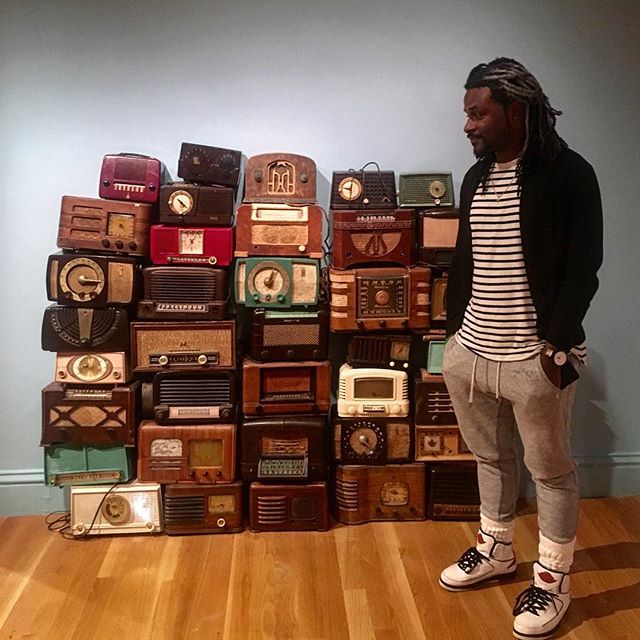
“Sound traveling w/ 37 vintage radios. Making waves ?” Instagrammer (and Phillips Museum Assistant/emerging artist) @joelvincii pictured here with Whitfield Lovell’s After an Afternoon, 2008.
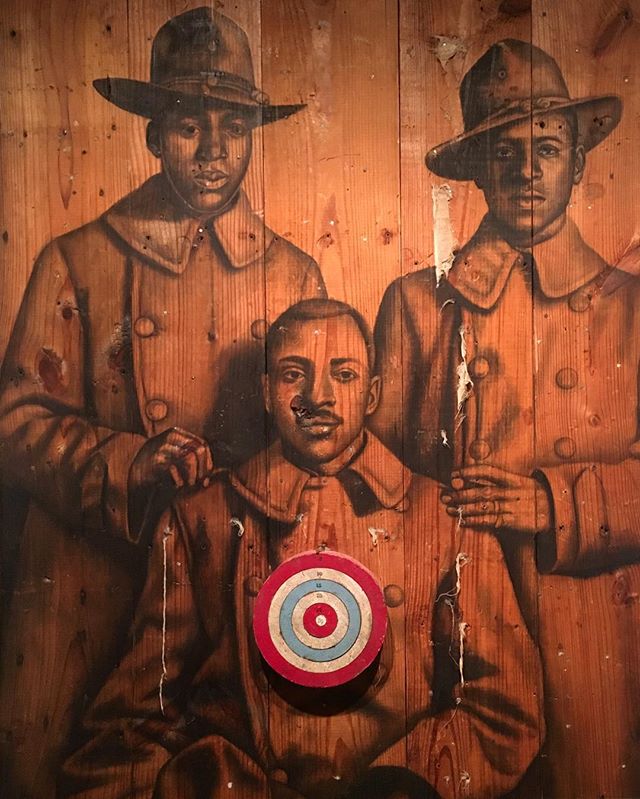
Of Lovell’s “At Home and Abroad” (2008), Instagrammer @benevelint notes: “Still relevant / sad reality”
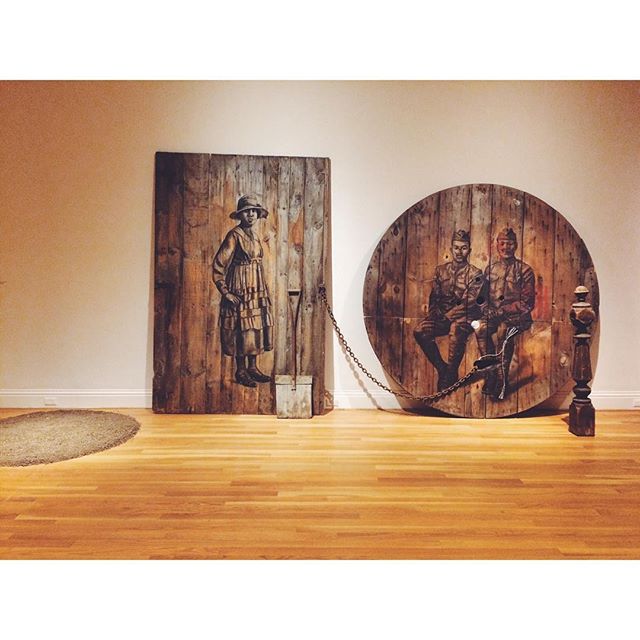
Phillips Manager of Public Engagement and Instagrammer @kkdaley28 snapped this photo of Lovell’s Dawn to Dawn (2006) during opening week
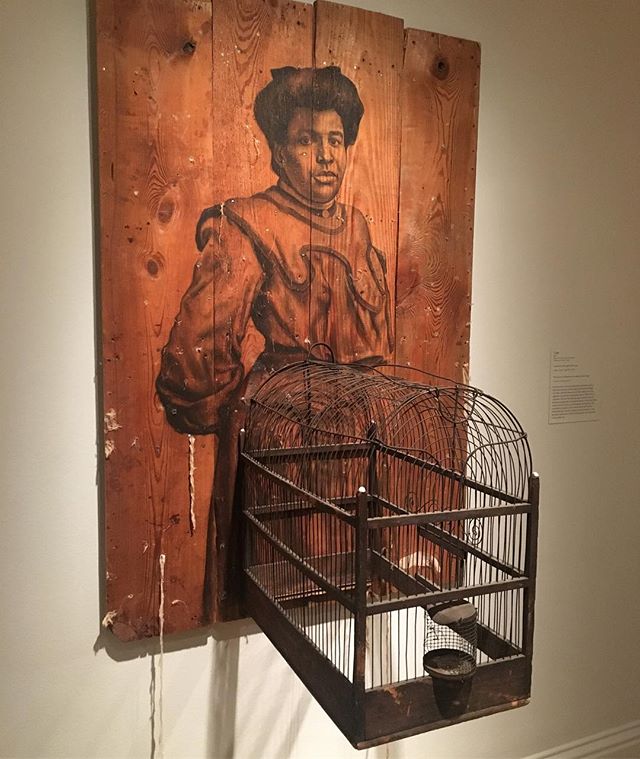
Accompanying this photo of Whitfield Lovell’s Cage (2001), Instagrammer @tohmase pairs the caption: “The first act of liberation is to destroy one’s own cage” – Michael S. Harper
ArtGrams is a monthly series in which we feature our favorite Instagrammed pictures taken around or inspired by the museum. Each month, we’ll feature a different theme based on trends we’ve seen in visitor photos. Hashtag your images with #PhillipsCollection or tag your location for a chance to be featured.

